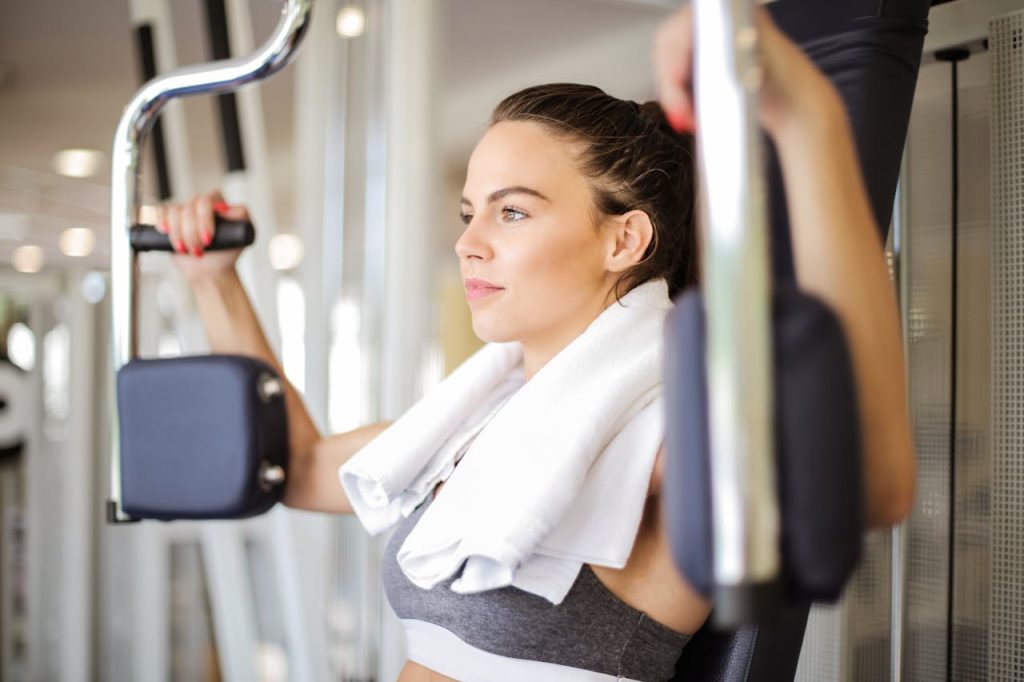
If you’ve ever walked into a gym and wondered whether all those shiny machines are actually helping you reach your fitness goals, you’re not alone. Many people invest time and money into workouts that promise results but deliver little more than frustration. Some gym machines are so ineffective that exercise scientists have called them out for being nearly useless—yet they remain fixtures in fitness centers everywhere. Understanding which machines to avoid can save you time, reduce your risk of injury, and help you focus on what really works for your health and wallet.
The real-world impact of using ineffective gym equipment goes beyond wasted effort. Poorly designed machines can lead to muscle imbalances, joint pain, and even long-term injuries. The financial cost adds up quickly for those paying for gym memberships or home equipment. By learning which machines to skip, you can make smarter decisions, maximize your results, and avoid common fitness pitfalls.
Let’s break down the eight most scientifically useless gym machines, why they’re still so common, and what you should do instead.
1. Ab Crunch Machine
The ab crunch machine promises a toned core, but research shows it’s one of the least effective ways to strengthen your abs. Studies from the American Council on Exercise found that traditional crunches and planks activate more core muscles than this machine. The ab crunch machine often isolates the rectus abdominis while neglecting deeper stabilizing muscles, leading to poor functional strength.
Many users also set the weight too high, straining their neck and back. Over time, this can cause spinal issues and chronic pain. Instead, focus on bodyweight exercises like planks, bicycle crunches, and leg raises, which engage your core and improve stability.
2. Smith Machine
The Smith machine is a staple in most gyms, but its fixed bar path limits natural movement. This restriction increases stress on your joints and reduces muscle activation compared to free weights. A study published in the Journal of Strength and Conditioning Research found that squats performed on a Smith machine resulted in 43% less muscle activation in the glutes than free barbell squats.
Relying on the Smith machine can also create a false sense of security, leading to poor form and higher injury risk. Use free weights or bodyweight exercises that allow your body to move naturally and recruit stabilizing muscles for better results.
3. Seated Leg Extension
The seated leg extension targets the quadriceps but does so in a way that places unnatural stress on the knee joint. Orthopedic specialists warn that this machine can exacerbate knee pain and increase the risk of ligament injuries, especially for those with pre-existing conditions. Real-world data shows knee injuries account for nearly 40% of gym-related joint complaints.
Functional leg exercises like squats and lunges work the quads and engage the hamstrings, glutes, and core, providing a safer and more effective workout.
4. Hip Abductor/Adductor Machine
These machines isolate the inner and outer thigh muscles while you sit, but don’t mimic any real-life movement. Sports medicine experts note that overuse can lead to hip and lower back pain. A 2023 review in Sports Health highlighted that these machines offer minimal benefit for athletic performance or daily function.
Instead, try lateral band walks or standing leg lifts, which activate the same muscles while improving balance and coordination.
5. Seated Chest Press
While the seated chest press seems like a safe way to build upper body strength, it often encourages poor posture and limited range of motion. Many users round their shoulders and push with their arms rather than their chest, reducing effectiveness. Research shows that free weight bench presses activate more muscle fibers and improve functional strength.
If you want a stronger chest, opt for push-ups, dumbbell presses, or resistance band exercises that allow for a full range of motion and better muscle engagement.
6. Seated Torso Rotation Machine
This machine claims to target your obliques, but twisting your spine under load is a recipe for injury. Physical therapists warn that the seated torso rotation can strain the lumbar spine and increase the risk of herniated discs. The National Institutes of Health reports that lower back pain is the leading cause of disability worldwide, and improper use of this machine can contribute to that statistic.
Safer alternatives include standing woodchoppers or Russian twists with a medicine ball, which engage your core without compromising spinal health.
7. Pec Deck (Chest Fly Machine)
The pec deck isolates the chest muscles but puts your shoulder joints in a vulnerable position. Many users experience shoulder pain or impingement after regular use. Studies show that free weight flyes or cable crossovers provide similar muscle activation with less joint stress.
For a safer chest workout, use resistance bands or dumbbells, which allow your shoulders to move more naturally and reduce the risk of injury.
8. Seated Row Machine (Fixed Path)
While rowing is a great exercise, the fixed-path seated row machine limits your range of motion and can encourage poor posture. Many people round their backs or use momentum, reducing the workout’s effectiveness. Research from Harvard Health suggests that free weight rows or resistance band rows engage more muscles and promote better posture.
If you want to build a strong back, focus on exercises that allow for a full range of motion and require you to stabilize your core.
Smarter Fitness Choices for Real Results
The prevalence of scientifically useless gym machines highlights a disconnect between what’s available and what actually works. Many of these machines persist because they’re easy to use and look impressive, but rarely deliver meaningful results. By focusing on functional, compound movements—like squats, lunges, push-ups, and rows—you’ll build real strength, reduce injury risk, and get more value from your gym membership.
Before your next workout, closely examine the equipment you use. Are you investing your time and money in machines that help you reach your goals, or just following the crowd? Share your experiences in the comments: Which gym machines have you found to be overrated or ineffective?
Read More
12 Private Clubs Only the Wealthy Can Afford
Fitness Fads: 12 Reasons Everyone is Talking About Mewing
The post 8 Gym Machines That Are Scientifically Useless—But Still Everywhere appeared first on The Free Financial Advisor.







